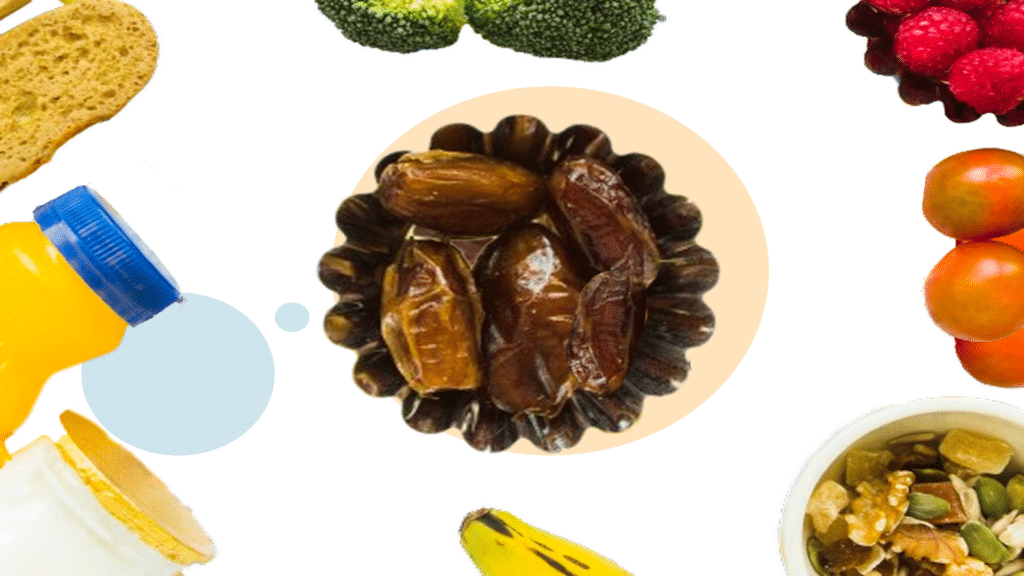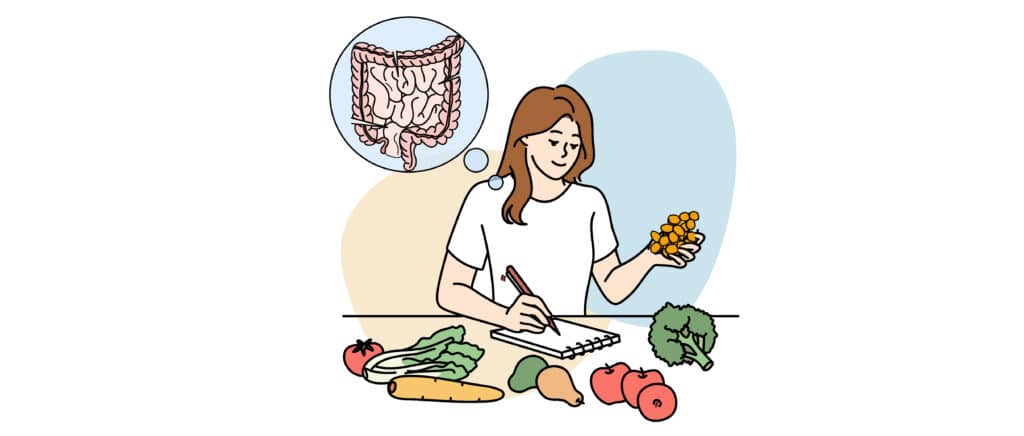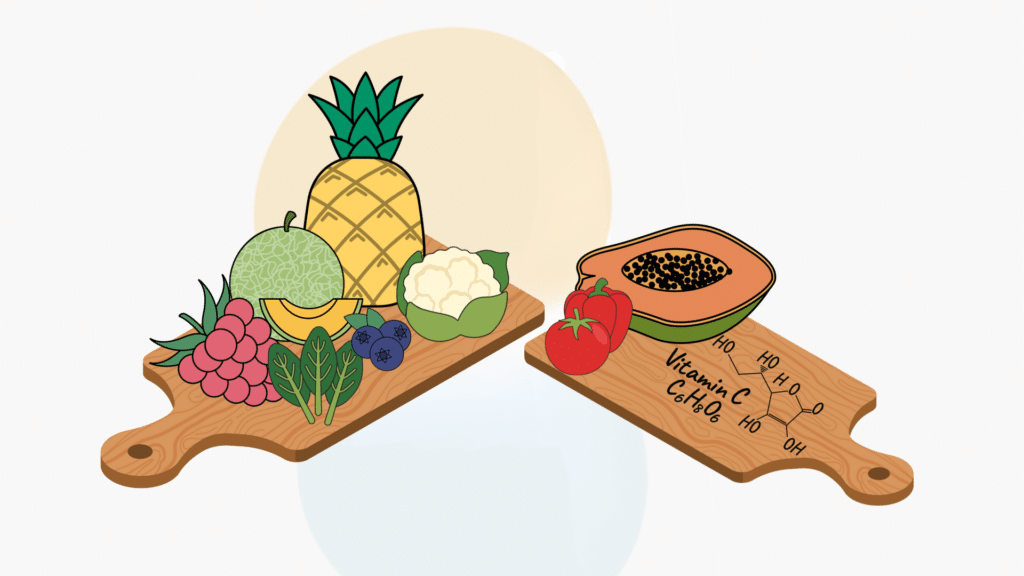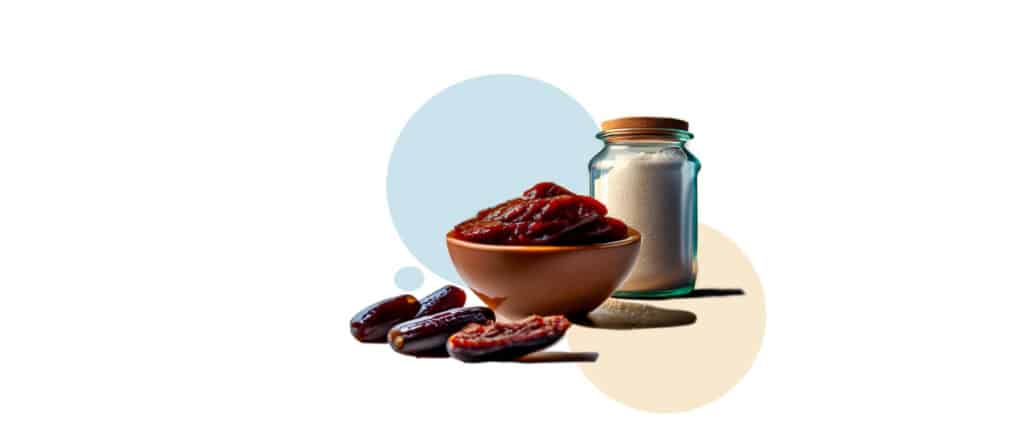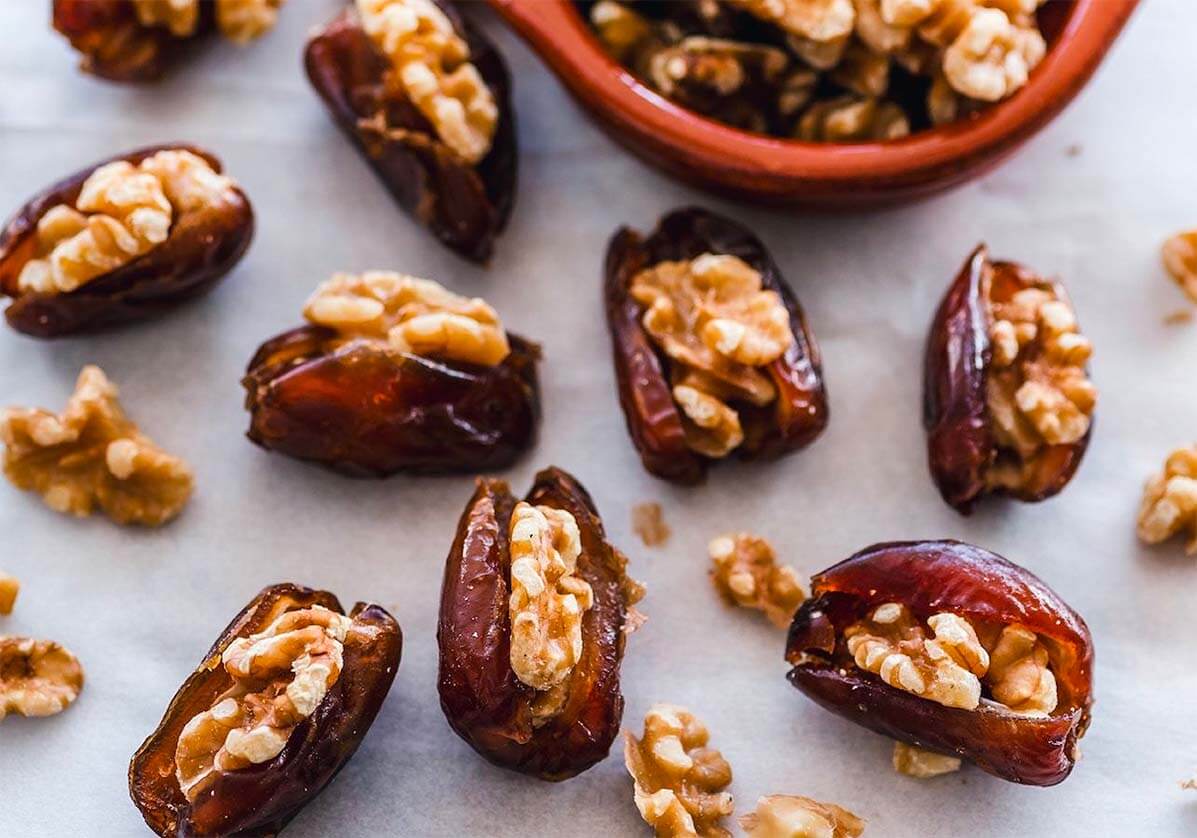Foods High in Fiber
- Fiber refers to parts of foods that your body cannot digest or absorb.
- Foods high in fiber have many health benefits such as lowering blood sugar levels, improving gut health, and reducing cardiovascular risk.
- Best sources of fiber include whole grains, legumes, fruits, vegetables, nuts, and seeds.
There are many different foods and factors that contribute to a nutritious diet. Fruits have long been identified as an important food group for human health. Fruits contain a variety of macronutrients and micronutrients, including potassium and fiber. Despite this knowledge, most Americans do not consume enough fruit. Dates are an example of fruits that are delicious, portable, and full of important nutrients!
There are many different varieties of dates. Each of them contains macronutrients and micronutrients that benefit human health. These nutrients include fiber, magnesium, and iron. The nutrients found in dates can provide many health benefits, like reducing the risk for diseases.
You have heard people say that you should eat more fiber. Yet, do you know why fiber is essential to your health? This article discusses dietary fiber and everything you need to know about it.
What is Dietary Fiber?
Fiber (also called roughage or bulk) refers to the parts of foods that your body cannot digest or absorb. It is a carbohydrate and passes through the stomach, small intestine, colon, and out of your body fairly intact.
Types of Fiber
Fiber is classified into two categories: soluble and insoluble.
Soluble Fiber
Soluble fiber dissolves in water and other body fluids. These then form a gel-like substance that slows digestion and absorption processes. Once it reaches the colon, it feeds the gut bacteria and gives you a healthy gut.
Soluble fiber also helps lower bad cholesterol (LDL) and reduces cardiovascular risk.
Sources of soluble fiber include legumes, citrus fruits, apples, oats, barley, and carrots.
Insoluble Fiber
Insoluble fiber doesn’t dissolve in water or body fluids. Instead, it absorbs body fluids and other food components. It then binds them together – forming stools. This results in bulkier, softer, and regular bowel movements.
Insoluble fiber also increases satiety, making you feel full for longer. It prevents you from overeating, thereby helping with weight loss.
Sources of insoluble fiber include whole grains, vegetables, legumes, nuts, and seeds.
Both soluble and insoluble fiber are good for your health. It improves bowel health and the frequency of bowel movements which helps prevent constipation and hemorrhoids.
Health Benefits of Fiber
A high-fiber diet offers many health benefits. Here’s a look at how your health can improve from eating fiber-rich foods.
1. Lower cardiovascular risk
Fibrous foods help lower bad (LDL) cholesterol levels. Low LDL levels reduce your risk of cardiovascular diseases like high blood pressure.
2. Healthier bowel movements
Eating foods rich in fiber adds bulk to stools. It results in healthier and regular bowel movements. In this manner, fiber foods can also prevent constipation and hemorrhoids.
3. Healthier gut
The human gut is being covered by a mucus layer that protects it from bacterial invasion. The mucus layer is being produced by gut bacteria. It makes you less susceptible to infections and inflammation.
What influences the gut bacteria composition? A healthy diet with good fiber foods feeds the gut bacteria. As a result, the bacteria multiply in number.
5. Controls blood sugar levels
Soluble fiber helps slow down digestion and the absorption processes. When digestion and absorption rates are slow, sugar is released slowly in the body. It prevents high blood sugar levels in the body.
On the other hand, insoluble fiber may help reduce type 2 diabetes risk. Thus, eating food with fiber can help you control your blood sugar levels if diabetic. It can also help you reduce your risk of getting type 2 diabetes.
6. Maintains healthy weight
A diet high in fiber foods helps you maintain a healthy weight – preventing obesity.
What Foods High in Fiber Are Available?
1. Fruits and vegetables
Fruits and vegetables are among the best fiber foods. Apart from fiber, they have other nutrients like vitamins. High fiber fruits and vegetables include:
Dates. Dates are healthy and can satisfy your sweet tooth. They contain fiber (8g/100g) and other essential nutrients like potassium, proteins, iron, and vitamin B6. You can enjoy dates as snacks or include them in smoothies, fruit shakes, or cakes.
Apples (with peels), oranges, and bananas. These fruits are high in fiber, essential nutrients, and vitamins. They contain about 3-4 grams of fiber.
Berries. Berries are high fiber fruits, with raspberries having the most fiber, about 8 grams/cup.
Pear. Pears have fiber and other nutrients like vitamins A and C, calcium, and folate. A medium-sized pear contains 5.5 grams of fiber.
2. Dark-colored vegetables
Artichokes are some of the highest-fiber vegetables. A medium artichoke contains 10 grams of fiber.
Other vegetables like swiss chard and collard greens are also rich in fiber, having 4 grams/cup. In general, the darker the vegetable, the higher fiber it has.
3. Legumes
Legumes are among the best sources of fiber. Beans, lentils (7.9g/100g), and split peas (8.3g/100g) are all good sources of fiber.
Apart from fiber, beans contain proteins and are very filling. You can enjoy them as stews, salads or curries.
Kidney beans (6.4g/100g), black beans (8.7g/100g), mung beans (7.6g/100g), and pinto beans (9g/100g) are all great beans choices.
4. Whole grains
The fiber content of foods is higher in whole grains than in refined ones. Whole grains also contain other nutrients like essential minerals and vitamin B complex. Examples include brown rice, wheat, corn, barley, and quinoa.
5. Nuts and seeds
Nuts. Nuts are healthy and flavorful. They are rich in fiber and other essential nutrients like healthy fats. Examples of high fiber nuts are almonds, cashews, peanuts, walnuts, and hazelnuts.
Seeds. Seeds contain healthy fats like omega-3 and omega-6 fatty acids. They also have fiber and proteins. Seeds with high fiber content include chia seeds, popcorn, flaxseeds, and sunflower seeds.
Synthetic Fiber
Synthetic fiber is another alternative to natural fiber sources. However, whole natural foods are better.
Fiber-enriched foods like granola bars are great in helping you meet your fiber needs. These foods usually have labels indicating fiber as “chicory root” or “inulin.” So, be on the lookout when reading nutrition labels.
Fiber supplements may be essential in people with certain medical conditions, especially when dietary fiber is insufficient. For example, people with constipation or irritable bowel syndrome may take fiber supplements. However, they should consult a doctor first.
What is the Recommended Dietary Fiber Intake?
The WHO recommends adults (above 18 years) take 30g/day and 25g/day of fiber for men and women. It should be obtained from dietary intake and not supplements.
How Can You Increase Fiber in Your Diet?
Taking enough fiber is important to your health. As such, always aim to meet the recommended intake. You can increase fiber in your diet by:
- Eating whole grains instead of refined ones. Whole grains are healthier and are better fiber sources than refined ones. So, always go for whole grains like whole-grain bread instead of white bread.
- Adding legumes to your diet. Legumes are rich in nutrients like proteins, fiber, vitamins, and minerals. Try adding legumes like baked beans or lentils in your stews, salads, and curries.
- Taking plenty of vegetables. Vegetables are among the healthiest foods you can eat. There are many ways of eating your vegetables – have them as a side dish, part of stews, curries, sauces, or enjoy them in salads.
- Increasing your fruit intake. Whole fruits have lots of fiber. You can eat fresh fruits like apples or dried ones like dates. To increase your fruits intake, try adding them to salads, smoothies, or baked goods.
Choosing healthier snacks. Always aim for nutrient-rich and healthy snacks as opposed to junk. Snacking on nuts, seeds, fruits, salads, and vegetables is great.
Fiber is an essential nutrient that may help you improve your gut health, maintain weight, reduce cardiovascular risk, and lower blood sugar levels, to name a few. As such, make sure you consume plenty of fiber to meet your recommended daily fiber intake. These let you stay healthy and nourished. You can get fiber from whole grains, legumes, fruits, vegetables, nuts, and seeds.
Summary
Fiber, mainly a carbohydrate, refers to parts of foods that the body cannot digest or absorb. It is an essential nutrient with many health benefits. It helps lower blood sugar levels, reduce cardiovascular risk, and improve gut health. Sources of fiber include legumes, whole grains, fruits, vegetables, nuts, and seeds. .
Scientific Information
- Low-Density Lipoprotein (LDL) – is a lipoprotein that transports cholesterol from the liver to the body tissues. It is associated with the development of atherosclerosis.
- Cardiovascular diseases– refer to conditions that affect the heart and/or blood vessels like stroke, hypertension, or heart failure.
- Gut – also called the gastrointestinal tract, includes all parts of the digestive system, starting from the mouth to the anus.
- Hemorrhoids – Also known as piles, these are swollen veins in the anus and lower rectum.
- Constipation – This is a condition characterized by difficulty in passing stools. It is usually associated with hard feces.
- Inflammation – is a process whereby your body fights outside invaders, which could be bacteria, injury, or foreign objects.



